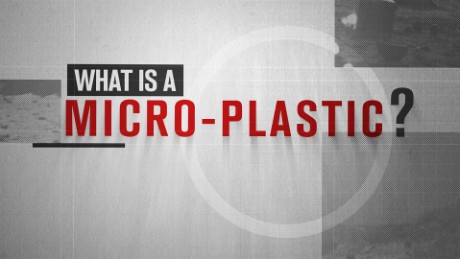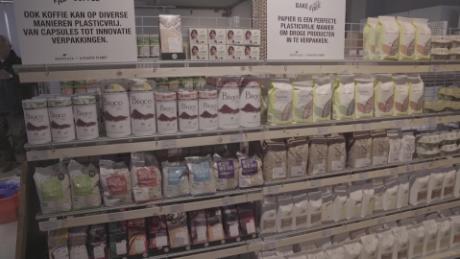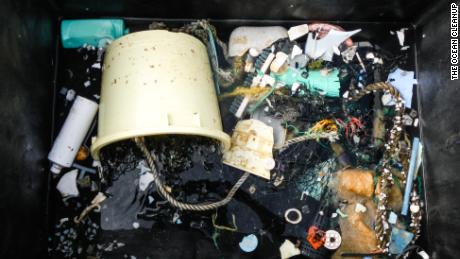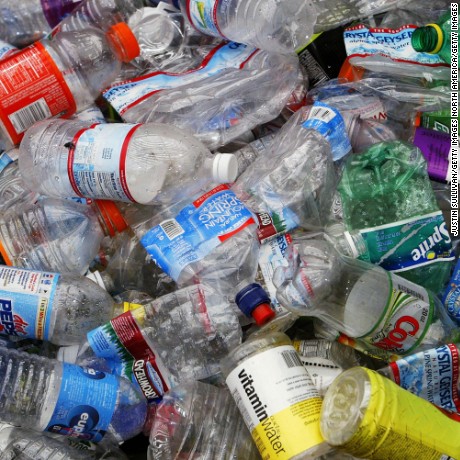Scientists hope new enzyme will 'eat' plastic pollution
(CNN)Scientists have accidentally developed a plastic-eating enzyme that may be used to combat one of the world's worst pollution problems.
Researchers from Britain's University of Portsmouth and the US Department of Energy's National Renewable Energy Laboratory (NREL) made the discovery while examining the structure of a natural enzyme found in a waste recycling center a few years ago in Japan.
They say the enzyme, Ideonella sakaiensis 201-F6, is able to "eat" polyethylene terephthalate, PET, which was patented as a plastic in the 1940s and is used in millions of tons of plastic bottles.

Play Video
What is a microplastic?
Their aim was to study its structure, but they accidentally engineered an enzyme which was even better at breaking down PET plastics.
"We hoped to determine its structure to aid in protein engineering, but we ended up going a step further and accidentally engineered an enzyme with improved performance at breaking down these plastics," said NREL's lead researcher Gregg Beckham.
The discovery could result in a recycling solution for millions of tons of plastic bottles made of PET, which currently persists for hundreds of years in the environment, the University of Portsmouth said on its website.
"Serendipity often plays a significant role in fundamental scientific research and our discovery here is no exception," said Professor McGeehan, director of the Institute of Biological and Biomedical Sciences in the School of Biological Sciences at Portsmouth.

Play Video
World's first plastic-free supermarket aisle debuts
The enzyme can also degrade polyethylene furandicarboxylate, or PEF, a bio-based substitute for PET plastics that is being hailed as a replacement for glass beer bottles.
PEF plastics, although bio-based, are not biodegradable, and would still end up as waste in landfills and in the seas, the NREL said in a report on its website.
"Although the improvement is modest, this unanticipated discovery suggests that there is room to further improve these enzymes, moving us closer to a recycling solution for the ever-growing mountain of discarded plastics," said McGeehan.
The researchers, whose finding was published on Monday in the Proceedings of the National Academy of Sciences journal, are now working on improving the enzyme further to allow it to be used industrially to break down plastics in a fraction of the time, the University of Portsmouth added.
The NREL underscored the urgency of the work, pointing out that 8 million metric tons of plastic waste, including PET bottles, enter the oceans each year, creating huge man-made islands of garbage.
"Experts estimate that by 2050, there will be as much waste plastic in the ocean by mass as there are fish," it said.

Play Video
Cleaning up the Great Pacific Garbage Patch
According to a three-year study published in Scientific Reports last month, a huge, swirling pile of trash in the Pacific Ocean, known as the Great Pacific Garbage Patch, is growing faster than expected and is now three times the size of France, more than double the size of Texas.
"Few could have predicted that in the space of 50 years, single-use plastics such as drink bottles would be found washed up on beaches across the globe," said McGeehan.
"We can all play a significant part in dealing with the plastic problem," he added. "But the scientific community who ultimately created these 'wonder-materials' must now use all the technology at their disposal to develop real solutions."
News Courtesy: www.cnn.com











